Popular:
Popular:
With WWII tearing Europe apart, British and Soviet forces invade Iran, desperate to secure Iran’s oil fields for Allied supply lines to help the USSR fight the Axis powers on the Eastern Front. Though Iran is supposedly neutral, the Brits and Soviets don’t trust its leader, Reza Shah, who’s too friendly with Nazi Germany to be trusted. Trying to save the world, they depose him and replace him with his Western-backed 21-year-old son, Mohammad Reza Pahlavi.
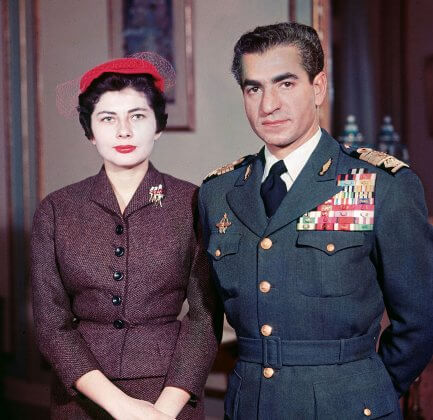
After decades of being treated like a colony by both the British and Soviets, Iranians are tired of feeling controlled. It’s humiliating that Reza Shah, a modernizing and nationalizing force since 1925, has failed to build a government strong enough to fight back against foreign domination. Many resent the West’s puppet, Mohammad Reza Pahlavi, who they suspect will enrich foreign powers with Iran’s oil while they continue to live in poverty.
The 1951 democratic election of Mohammed Mossadegh as Iranian prime minister is worrying given his nationalistic tendencies. His provocative decision to suddenly nationalize Iran’s oil industry and threaten the flow of oil to the free world is unacceptable. Under British control since the 1920s, Britain has no choice but to withdraw its oil technicians, blockade the export port and turn to the United Nations to try to deescalate tensions. America, which supports the democratic election of Mossadegh, doesn’t appreciate his defying international law.
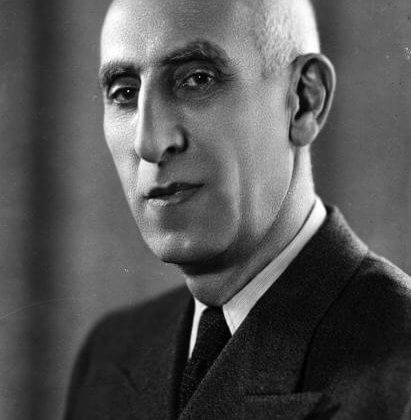
Iranians, the majority of whom live in poverty, are growing indignant at watching its oil industry enrich the British economy and its navy. Incensed at this inequality, Iran’s parliament democratically elects as prime minister the European-educated nationalist Mohammed Mossadegh. As leader of the government, he proceeds to nationalize Iran’s oil industry for which he’s celebrated as a hero for standing up to the West and rightly taking back Iran’s greatest resource from the British.
After failing to get Mossadegh to denationalize the Anglo-Iranian Oil Company, which has a major negative impact on the world’s energy supply, Prime Minister Winston Churchill is forced to order a coup to overthrow him. Unfortunately, Mossadegh learns of the plot, closes the British Embassy in Tehran and expels all British diplomats, including the agents planning his overthrow. A desperate Churchill asks US President Harry Truman to have the CIA oust Mossadegh, but he refuses as the newly formed CIA is focused on intelligence gathering and not on overthrowing governments.
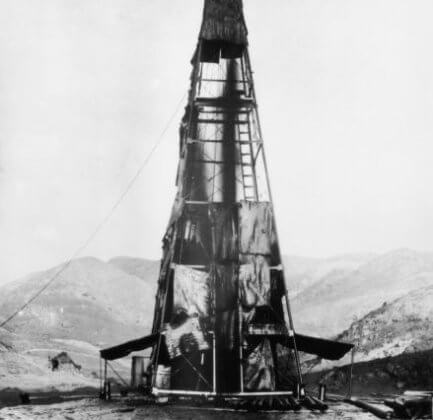
After displaying impressive courage by not giving in to international pressure to abandon his nationalization plan of the oil industry, and daring to challenge and flout British power, Mossadegh’s popularity and power at home skyrockets. He further overshadows the Shah (king), who is seen now as a powerless figurehead monarch. Finally, the world recognizes that Iran is a country to respect and not just to exploit. Persian and Iranian nationalism flourish. With America refusing to help Britain undermine the Iranian government, hope is growing among Iranians that America will continue to be their ally.
America has greater sympathy with Britain’s Iran problem after the 1952 election of President Dwight D. Eisenhower, whose first priority is to combat the spread of Soviet communism into the Middle East. Eisenhower agrees to a joint CIA, MI6 plan (Operation TP-Ajax) that convinces the Shah to issue a decree dismissing Mossadegh from office. He is replaced with CIA-backed General Fazlollah Zahedi. This coup is a strategic success: In exchange for much-needed foreign aid, the Shah instates a pro-Western, anti-communist government and returns 80% of the Iran’s oil reserves to the British.
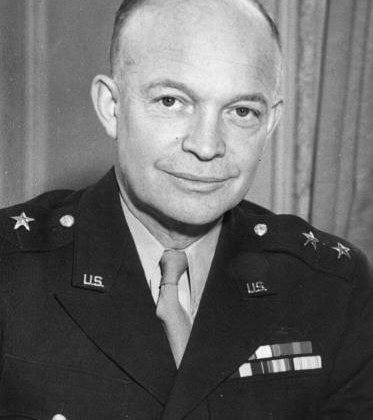
Iranians watch with growing resentment as America joins forces with Britain to depose the one elected leader who represents true Iranian interests. Any prior hopes of finding an ally in America are crushed. They no longer have tolerance for Western patrons who only endorse democracy when it aligns with their own interests. Even more infuriating is watching America help the sidelined Shah amass control and turn into a brutal dictator who suppresses dissidence and independent institutions.
The Shah of Iran’s support of Western ideals and ways of living is a relief to America at a time when communism is threatening to the engulf the world. His White Revolution, introduces a national policy in foreign relations that supports the United Nations and peaceful coexistence with Iran’s neighbors. America and Britain see this as proof that their intervention in Iran was the right strategy to pursue and that Mossadegh’s overthrow was in everyone’s best interests.
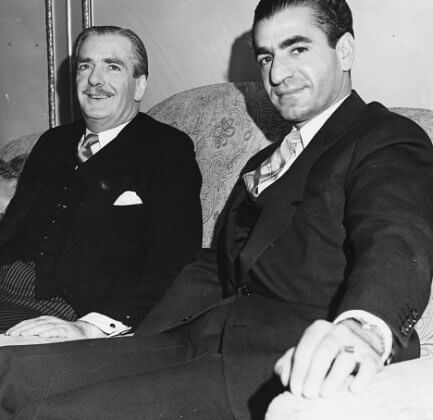
While many Iranians welcome the Shah’s White Revolution, which brings about land reform, voting rights for women, infrastructure development, and improved literacy, not everyone embraces it. The more conservative Iranians, especially its Islamic leaders, specifically Shiite cleric Ruhollah Khomeini, are unhappy with his American-backed unilateral efforts to secularize the country. Betraying Islam and Iran’s glorious Persian legacy and identity for western values never would have happened under Mossadegh, and the US gloating about causing his overthrow is antagonizing, adding fuel to the fire.
With nationalist forces out of the way, and the Shah’s power growing because of America and Britain, further efforts are made to reach regional stability. America, sensing that unrest still grips many Iranians, pushes the Shah to enact liberal and progressive policies, hoping they will win over the masses and boost his popularity. Creating and training the SAVAK police force is imperative to help contain any discord, especially outspoken critics like Ruhollah Khomeini, whose banishment to Iraq is the best insurance policy against dissent.
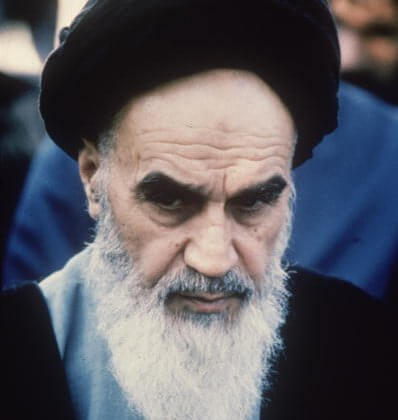
Iranians’ anger mounts at both the Shah and at America for allowing him to retain and abuse his power. Iranians increasingly seek refuge in mosques, the only safe places to voice opposition to the Shah without facing arrests, torture and murder. Religious clerics like Ruhollah Khomeini, who publicly criticize the White Revolution, embrace the growing ties between the opposition movement and religion. After calling for the Shah’s overthrow and for the establishment of an Islamic state, Khomeini is exiled to Iraq, which sparks outrage among his support base, who listen to his radio messages from Iraq.
With Iran’s army and air force increasingly dependent on US foreign aid, military supplies, equipment and training, America secures an important regional ally. Iran and America’s increasing closeness protects against any USSR advancement in the Middle East. This is vital given the losses occurring in Vietnam to fight communism. America and the CIA therefore help the Shah maintain his grip on Iran, which provides a win-win for America: He forces legislation through a US-approved parliament that simultaneously modernizes the country and complies with Washington’s interests.
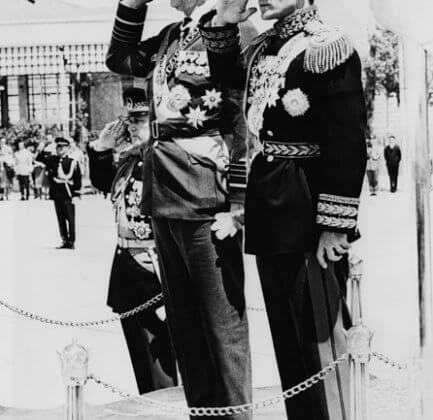
Most Iranians resent that American financial aid is going toward strengthening Iran’s military instead of helping the masses out of poverty. They also feel bitter watching the Shah enjoy immense wealth from American and British oil deals while they live in hunger and fear of his repressive rule. Plus, his elitist and insensitive decisions to throw an elaborate 2,500th anniversary celebration of the pre-Islamic Persian monarchy and to formally replace the Islamic calendar with a Persian calendar alienate religious and secular Iranians alike, who are increasingly looking toward Khomeini to save them.
America is baffled and disappointed to see the Iranian people turning against their modernizing monarch. The only explanation could be that the Shah, with America’s generous backing, attempted to modernize the country too quickly. It’s a slap in the face that Iranians are paralyzing their country with protests and blaming the US for their troubles. Iranians’ perception of America being in control of their country is misguided and baseless, especially as the US government has been sympathetic toward their dreams of independence
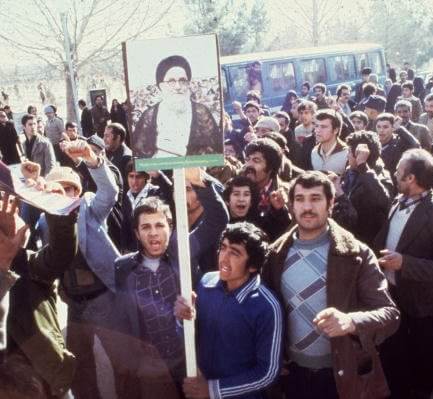
Upset by living under the Shah’s continued policies of torture as he secularizes their country and gives preference to American priorities, like granting American expats living in Iran diplomatic immunity, and inspired by Khomeini’s declarations from afar to liberate Iran, millions of Iranians justifiably take to the streets in Iran’s major cities to protest peacefully. However, the Shah’s violent security force fires on demonstrators in September, killing hundreds and wounding thousands, leading to more anti-Shah and anti-West street demonstrations.
Watching the Iranian protests culminate with the shocking overthrow of the Shah, Americans realize they’ve underestimated just how unpopular the Shah is and how popular Khomeini has become among Iranians. It is surprising and even disconcerting to see much influence he exerts over the nation, despite his vision for a darker, more extreme and backward Iran. It’s also very worrying to see the depth of Iranians’ hatred for America, even if it is misplaced.
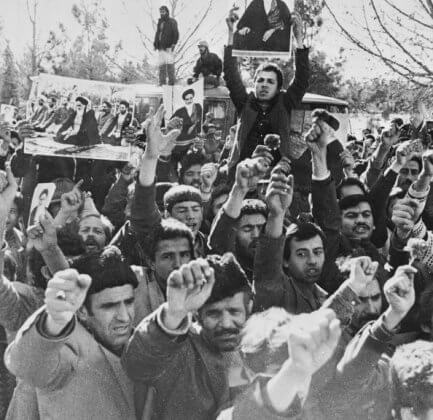
From exile, Khomeini calls for the Shah’s immediate overthrow. Angry Iranians across the political and class spectrums unite in their loyal support of Khomeini and his call to unseat the traitorous Shah. A group of soldiers, tired of answering to the Shah whom they despise, comply to Khomeini’s call to arms and bravely engage in heroic mutiny by attacking the Shah’s security officers. This act of courage immediately leads to regime collapse and the Shah fleeing the country.
New American ambassador to Tehran, William Sullivan, blames embassy workers and the CIA of being detached from Tehran, which explains their failure to foresee the Shah’s downfall. Desperate to stem Iran’s Islamic fundamentalist and anti-American fervor, Sullivan pushes President Carter to meet with Khomeini in Paris to discuss a new democratic, moderate Iran. His administration rejects the idea, confident that a pro-American military coup will squash Khomeini supporters. They are dismayed when Khomeini returns to Iran, crushes moderates and installs a fundamentalist regime.
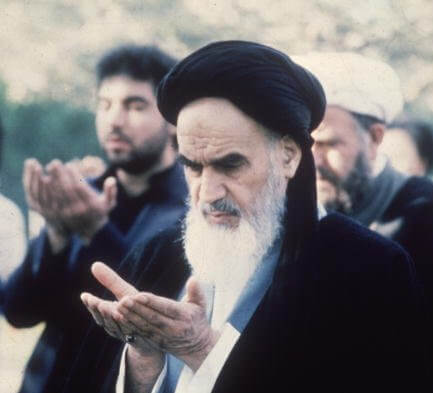
After 15 years in political exile for daring to speak out against the corrupt Shah, the charismatic Ayatollah Khomeini triumphantly returns to Iran on February 1. He is welcomed back as a national hero by millions of jubilant supporters who revere him as the true leader of an overdue Iranian Revolution. A testament to his popularity, by February 11, Khomeini has earned the air force’s support, and the provisional government has fled, allowing him and his loyal revolutionaries to establish an Islamic government. He has ushered in a new, much-awaited Islamic era free of Western influence.
Though America invites the Shah immediately after he flees Iran, to which Ayotollah Khomeini initially has no objections, he frustratingly decides to visit other countries. When he subsequently begs President Jimmy Carter for asylum, Carter feels torn between US allegiance to a former ally and not stoking the growing religious, anti-America sentiment in Iran. The Shah’s entry into the US will now be seen as inflammatory. But Carter caves in to pressure and allows the Shah entry for cancer treatments despite risking the lives of Americans still working in Tehran.
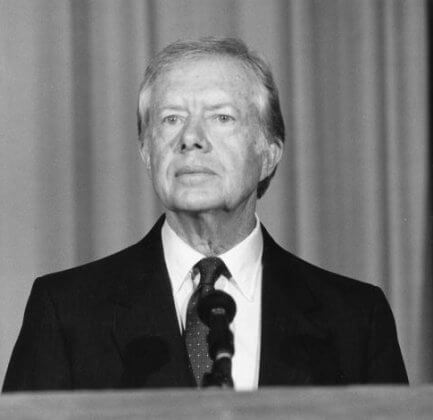
The fact that the exiled Shah first went to countries like Egypt and Morocco, staying close to home, signaled his interest in returning to Iran and quashing the revolution. And now that America is welcoming its puppet with open arms, Iranian Islamic revolutionaries have evidence that the Carter administration is plotting to place him back in power. Had the Shah immediately fled to America, his intentions of abdication would have been clear. But for him to travel there after checking his options is evidence that he and America are rallying forces for his comeback, which won’t be allowed to happen.
In a shocking and blatant act of terrorism, Iranian Islamic militants seize the American embassy in Tehran and take nearly seventy U.S. citizens captive. While the radical revolutionaries say their hostage-taking is in response to President Jimmy Carter admitting the Shah into the U.S. for cancer treatment, it is nothing more than an outrageous display of oversized ego on the part of the hypocritical Khomeini, who is abusing his power, just as he accused the Shah of doing. America rightly refuses to negotiate with such terrorists.
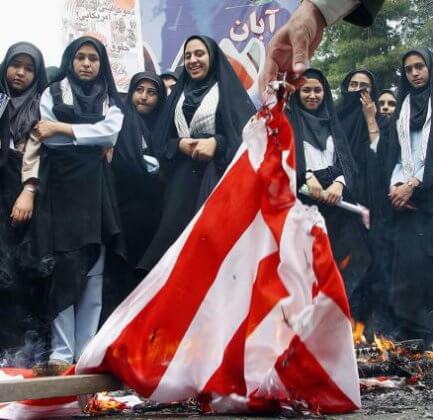
In an act of national assertiveness, brave Islamic justice seekers respond to America’s compassion for the murderous Shah by storming the U.S. embassy and taking its staff hostage. After being trampled on by America for so long, especially its supplanting of Mossedeq for the Shah and allowing his decades-long misuse of power, Iranians are finally taking control of their own destiny. Khomeini’s approval gives strength to the soldiers, who rightfully demand that America return the Shah to Iran to stand trial for his crimes.
After a tormenting 444 days, the Iranian militants finally free 52 American hostages, just hours after President Ronald Reagan delivers his inaugural address. That the nightmare lasted so long is the sole fault of Khomeini, who selfishly wanted the hostage situation to hamper any potential amends between Iran and America. The mistreatment of the hostages is indefensible. Despite decades of financial aid and enabling the introduction of women’s rights and literacy, Iranians choose fundamentalism over modernization and dash any hopes of earning American trust in the future
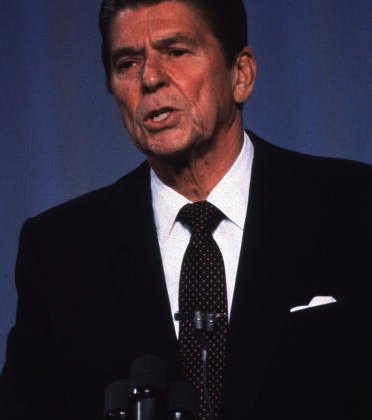
Though the American hostages were released, Iran proved its strength by showing independence and long-overdue opposition to American power. By maintaining the upper hand and refusing President Carter’s attempts at reconciliation, the righteous Khomeini showed the world just how exploitative America was of Iran and that its citizens’ lives were less important than foreign interests. Iran successfully cemented an impasse between itself and America, ensuring no more Western intervention in its choice of an Islamic regime.
